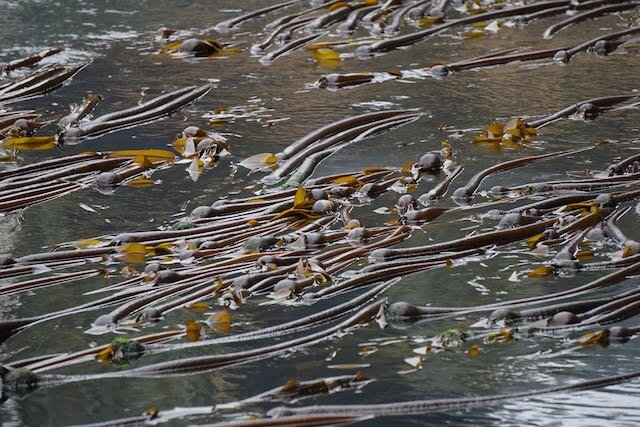
A Blight on Soviet Science | Damn Interesting
“When they were ready to cross the river, the men unslung their rifles and began shooting into the water, continuing for hundreds of rounds. The river was turbulent with the thrashing mass of crocodiles before turning a deep crimson, their bodies floating belly up. Pushing the crocodiles aside with the butts of their rifles, the men waded across the river towards the highlands to complete the aim of the expedition—to collect an assortment of seeds to bring back to their extensive seed repository in the Soviet Union.”

Scientists Use Seaweeds to Travel Back in Time | Hakai Magazine
“In a new study published this past June, researchers from the Monterey Bay Aquarium examined a collection of dried, pressed seaweeds—dating back over 140 years—to learn what ocean conditions in the bay were like in the early 19th century.”

Butterflies: How Two 19th-Century Teenage Sisters’ Forgotten Paintings Sparked a Triumph of Modern Conservation | Brain Pickings
... these drawings are equal to any I have ever seen by modern artists ... every tuft of hair in the caterpillar, the silken webs of the cocoon, or the delicate and often intricate pencillings on the wings of a moth, stand out with a prominence of relief which it is perfectly impossible to reproduce by simple water colours...
The Sensitive Plant | Lapham's Quarterly
“Sometime around the late eighteenth century, the French botanist René-Louiche Desfontaines took a plant on an outing around Paris in a horse-drawn carriage. At the time, botany was just emerging as an independent science separate from medicine and herbalism. Desfontaines, who’d been elected to the Académie des Sciences at the age of thirty-three and appointed professor of botany at the Jardin des Plantes a few years later, was a leading practitioner in the new field.”